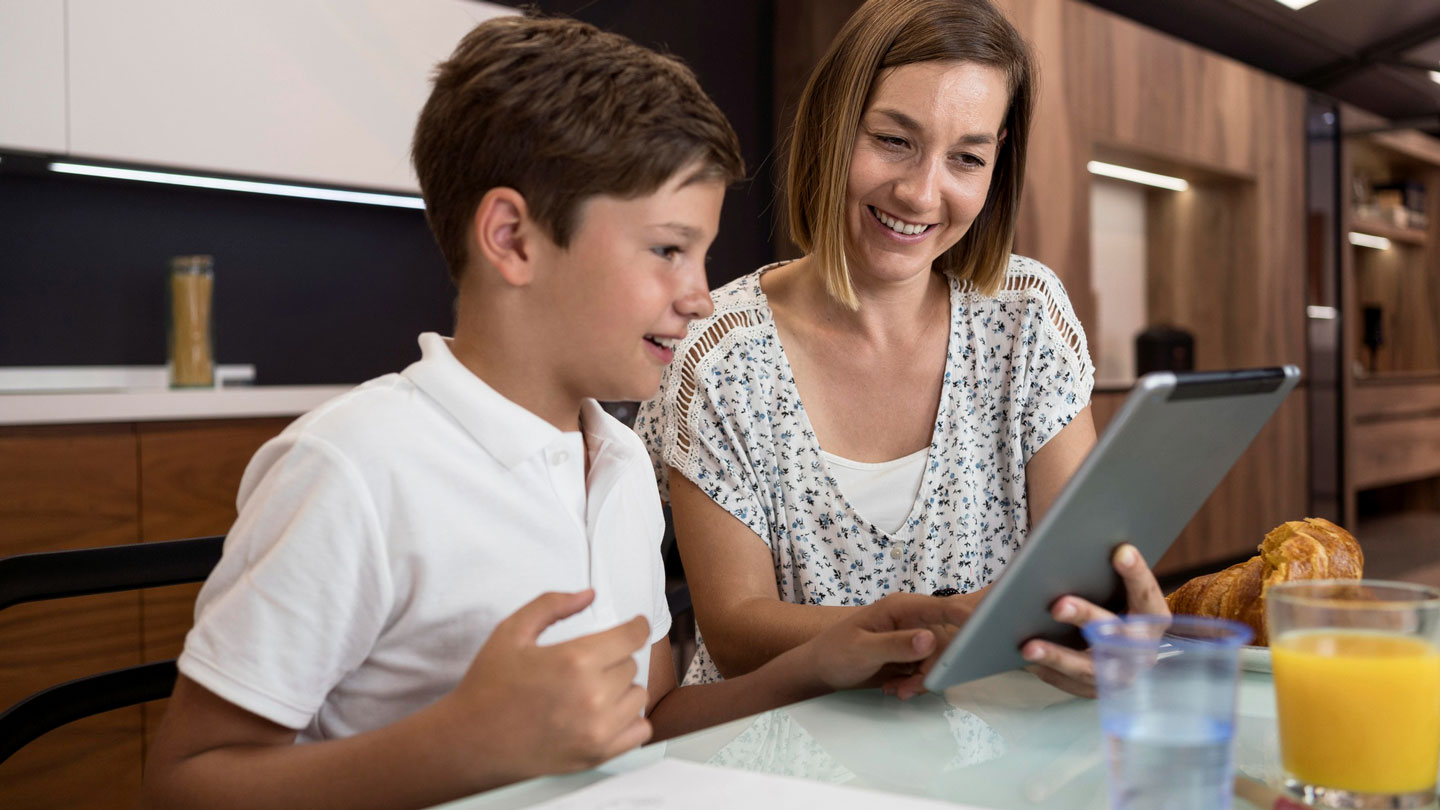The foundation of education stems from the empowerment principles that not only results in better performance but also transforms learners into emotionally and socially advanced people.
It has restorative teaching approaches and at the core of this empowerment idea. These pedagogy techniques focus on a situation where pupils are not only the learners who receive the material but the agents of the knowledge-acquisition process.
This blog post will look into the core ideas of teaching strategies article, which bring about the identification of these facets and the exploration of the role it has played to the educational system.
Understanding Restorative Teaching
Instead of placing disciplinary measures or as a punishment, restorative teaching is holistically based on the premise that the impact on relationships, accountability and empathy are equally important.
Various contrasting negative methods that are used generally, not like, restorative teaching is using to tackle the bad behaviors by the means of repairing damage, and restoring relationships.
The approach promotes these activities to be interest spurs and it gives an image of togetherness in each classroom. The culture of respect and understanding checks the learning environment, thus emerges a peaceful atmosphere, which the community supports.
That Of Building The Positive Classroom Culture.
A positive school environment built on restorative teaching principles is one of the fundamentals for successful restoration. It is the exchange of information giving priority to mutual respect, cooperation and collective responsibility.
This type of an atmosphere encourages students to come out and express their ideas, even if they are not completely thought through, with no fear of reproach from teachers or other students.
Educators have a key role to play in before-the-scenes culture by role modeling positive behaviors, supporting working together and giving chance for participation.
Building Strong Relationships
At the heart of the restorative teaching is relationship building and this can be done by creating an environment in which teachers and students learn together in a non-stressful setting.
These relationships are developed on a foundation of trust, ability to put oneself in other people’s shoes, and mutual respect. A teacher is one who listens to the child’s story, what the child has gone through and what the child yearns for.
To achieve this, the educators must learn how to make a connection and rapport with the pupils, and that can help with behavior issues, conflict resolution and also the promotion of positive relationships.
Resolving Conflicts Constructively
Conflicts are the integral part of any learning place, whereas restorative teaching gives the teams necessary environment to address them in a productive way. Educators are more likely to deal with restorative talks that focus on mending the damage and rebuilding approved relationships.
They are able to take the responsibility for their actions and know about the result of their behaviors on their peers and other members of the society through active listening, empathy, and problem-solving.
Restorative teaching nurtures dialogue and reconciliation that in turn finds reflecting in conflicts as a basis for creating more learning experience and development of resilient and empathic students.
Providing Social And Emotional Skills, As Well.
The meaning of teaching strategies and techniques extends past its academic component; it incorporates social and emotional skills training (SEL) in the backbone of education. The SEL integrates the students with the key life skills.
Students gain SEL skills, such as mindfulness exercises, conflict resolution, and moral choices, which enable them to express their emotions and maintain positive relationships by being ethical and kind.
Moreover, the restorative teaching is regard as effective promoting of emotional and social skills among students which equal student’s success in school (academically, socially, and emotionally) together with the lifelong personal health and success.
Conclusion
Therefore, it can be stated that the restorative teaching strategies are a powerful gun in the hands of educators helping build-up of empowerment in education.
Through relationship building, class room culture development and social and emotional learning integration, teachers can create a system where each student is respected, appreciated, and motivated to navigate through their unique journeys and reach their potential.
A generation of competent, compassionate, and socially-savvy youths who will have the ability to adapt to the ever-fluctuating world is born when restorative practices create a favorable environment for growth.











